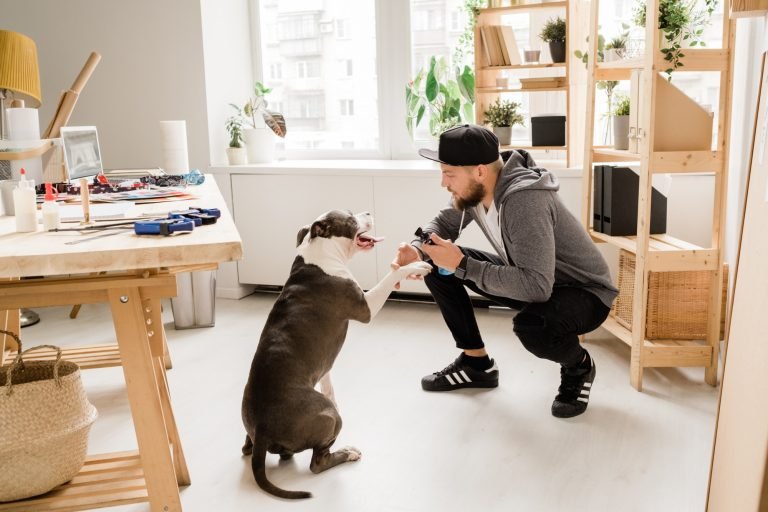When it comes to designing a home that works for everyone, most of us think about functionality, storage, and comfort. But what about the furry (or feathered) members of the family? Sure, you’ve probably added a comfy pet bed or maybe even a doggy door. But there’s a whole world of clever, pet-friendly modifications that go way beyond the basics—little upgrades that make life easier, safer, and cozier for your pet and for you. Let’s dive into the underrated and unexpected ways you can make your home a true pet haven.
Built-In Pet Nooks That Blend In
Instead of letting your dog’s crate or your cat’s tree stick out like a sore thumb, think integrated. A built-in sleeping nook under the stairs or inside a kitchen island? Game-changer. These cozy hideaways look intentional and feel secure to your pets. Bonus: it frees up floor space and keeps your interiors sleek.
If you’ve got a larger breed or a senior pet, consider a low-profile cushioned alcove with memory foam and nearby storage for toys, leashes, and grooming essentials. You can make it feel like part of your cabinetry, rather than a clunky afterthought.
Paw-Friendly Flooring That’s Not Ugly
Forget the boring vinyl flooring often recommended for pet households. Modern pet-friendly floors can be stylish and safe. Textured tiles with non-slip finishes, bamboo flooring, and even cork are excellent for traction and easy cleanup. Cork, in particular, is soft underfoot and has a little bounce—great for aging pets with joint issues.
Another out-of-the-box trick? Area rugs are made from indoor-outdoor materials. They’re surprisingly soft, almost indestructible, and washable. If your dog has ever zoomed around a slippery floor only to crash into a wall… you’ll understand the value here.
Elevated Pet Access Without the Clutter
We talk about accessibility in homes for people—but what about for pets? Especially older cats and dogs who can’t leap like they used to. Think custom-built pet stairs or ramps disguised as part of your décor. A few well-placed steps leading to a favorite window perch or bed can improve mobility and quality of life.
You can even take this a step further and install cat shelves across a feature wall. These aren’t just fun—climbing helps cats stay active and mentally stimulated. And if you design them right, they can become a sculptural element in your living room.
Garage Entries with Pet Zones
If your pet comes home dirty after every walk, the garage can become your best friend. Some people use the garage as an extension of their pet’s living space and if you do the same thing, don’t forget to set up regular pet waste removal services so that you can keep the garage fresh. Pet zones in the garage are so much more sensible than having the pets in the yard all the time. Your garage is the perfect place for your pet to hang out. Set up a pet wash station right by the entrance—a tiled corner with a handheld sprayer, hooks for leashes, and storage for towels and shampoo. It keeps the mess out of your main living space.
And speaking of your garage, it’s worth investing in secure, insulated entries like ADP Garage Doors, especially if your pets ever hang out in there. A drafty or noisy door can spook sensitive animals. A well-insulated model will maintain a stable temperature and block out scary traffic sounds.
Hidden Feeding Stations That Actually Make Sense
Instead of bowls that slide around or get kicked, build a feeding drawer into your kitchen cabinetry. Pull it out for mealtime and slide it away when it’s done. You can even hook it up with a built-in water line for automatic refills. No more puddles and it keeps everything tidy.
Final Thoughts
Making your home pet-friendly doesn’t mean turning it into a kennel. With a bit of creativity, you can integrate thoughtful modifications that blend style, function, and comfort—for both you and your pet. Think beyond the obvious, and your home will not only look better, but it’ll feel better for every creature under your roof.


































